-
Reagents
- Flow Cytometry Reagents
-
Western Blotting and Molecular Reagents
- Immunoassay Reagents
-
Single-Cell Multiomics Reagents
- BD® OMICS-Guard Sample Preservation Buffer
- BD® AbSeq Assay
- BD® Single-Cell Multiplexing Kit
- BD Rhapsody™ ATAC-Seq Assays
- BD Rhapsody™ Whole Transcriptome Analysis (WTA) Amplification Kit
- BD Rhapsody™ TCR/BCR Next Multiomic Assays
- BD Rhapsody™ Targeted mRNA Kits
- BD Rhapsody™ Accessory Kits
- BD® OMICS-One Protein Panels
-
Functional Assays
-
Microscopy and Imaging Reagents
-
Cell Preparation and Separation Reagents
-
- BD® OMICS-Guard Sample Preservation Buffer
- BD® AbSeq Assay
- BD® Single-Cell Multiplexing Kit
- BD Rhapsody™ ATAC-Seq Assays
- BD Rhapsody™ Whole Transcriptome Analysis (WTA) Amplification Kit
- BD Rhapsody™ TCR/BCR Next Multiomic Assays
- BD Rhapsody™ Targeted mRNA Kits
- BD Rhapsody™ Accessory Kits
- BD® OMICS-One Protein Panels
- Belgium (English)
-
Change country/language
Old Browser
This page has been recently translated and is available in French now.
Looks like you're visiting us from United States.
Would you like to stay on the current country site or be switched to your country?
BD Pharmingen™ Purified Mouse Anti- ABL
Clone 8E9 (RUO)


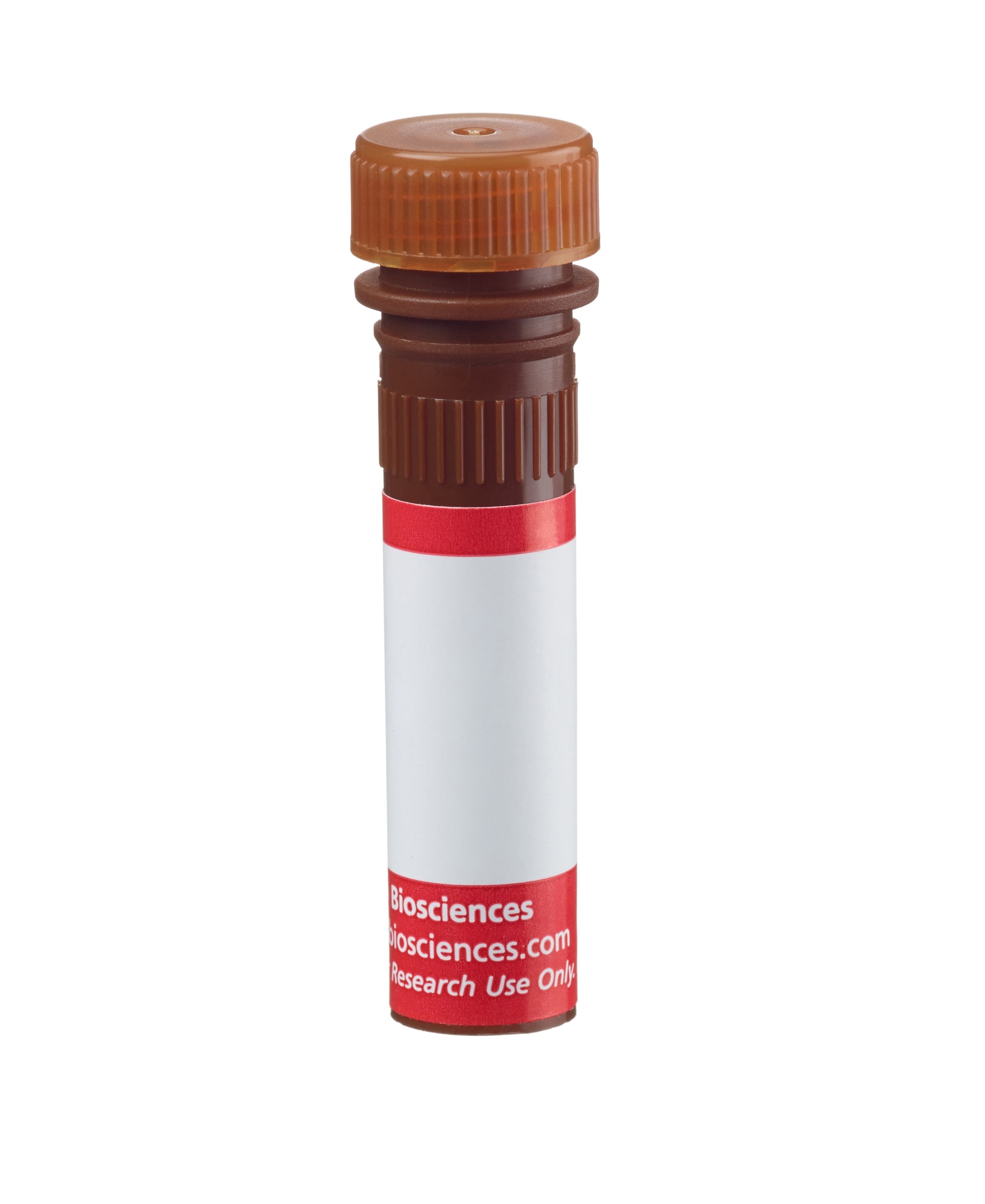

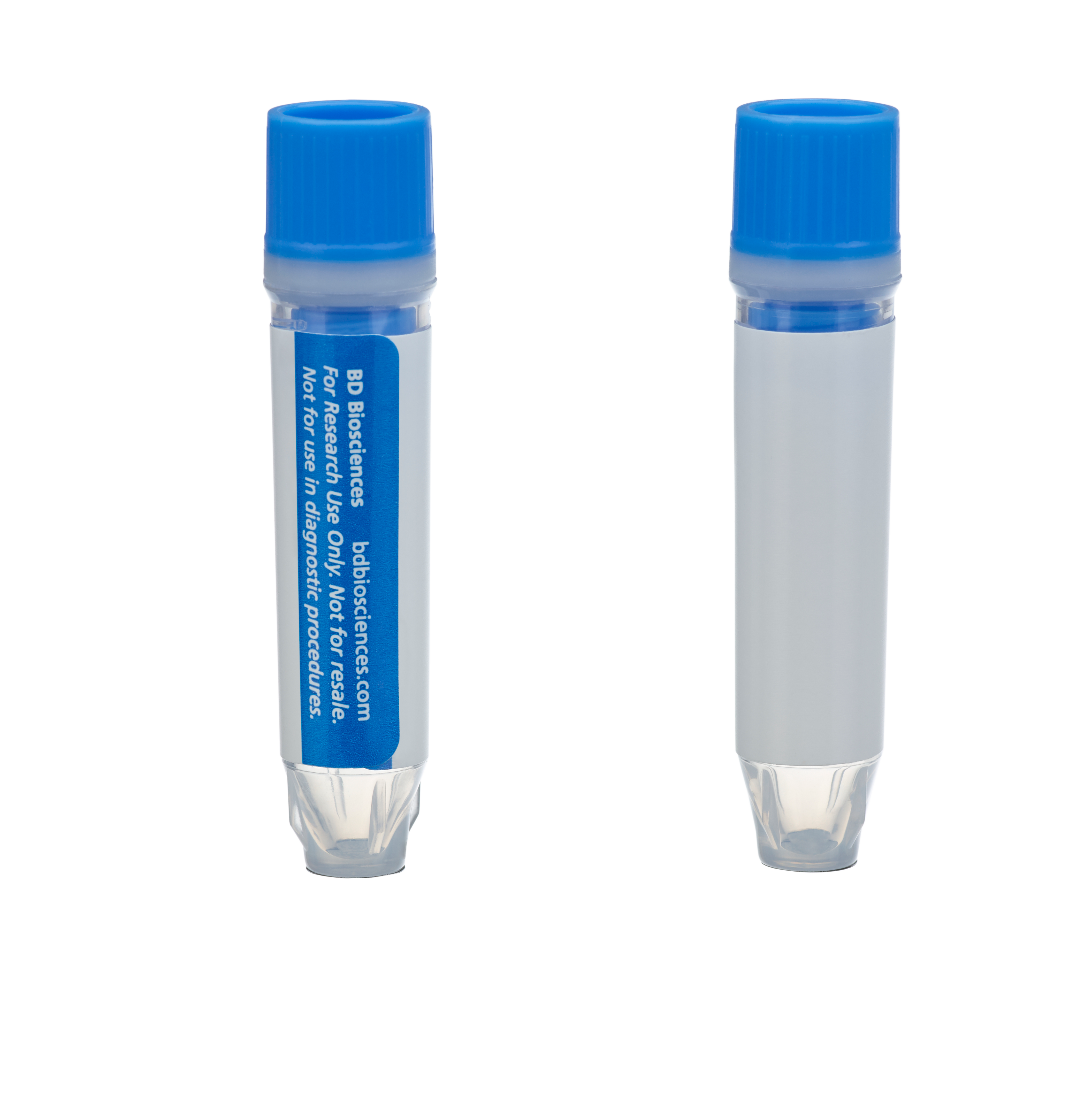
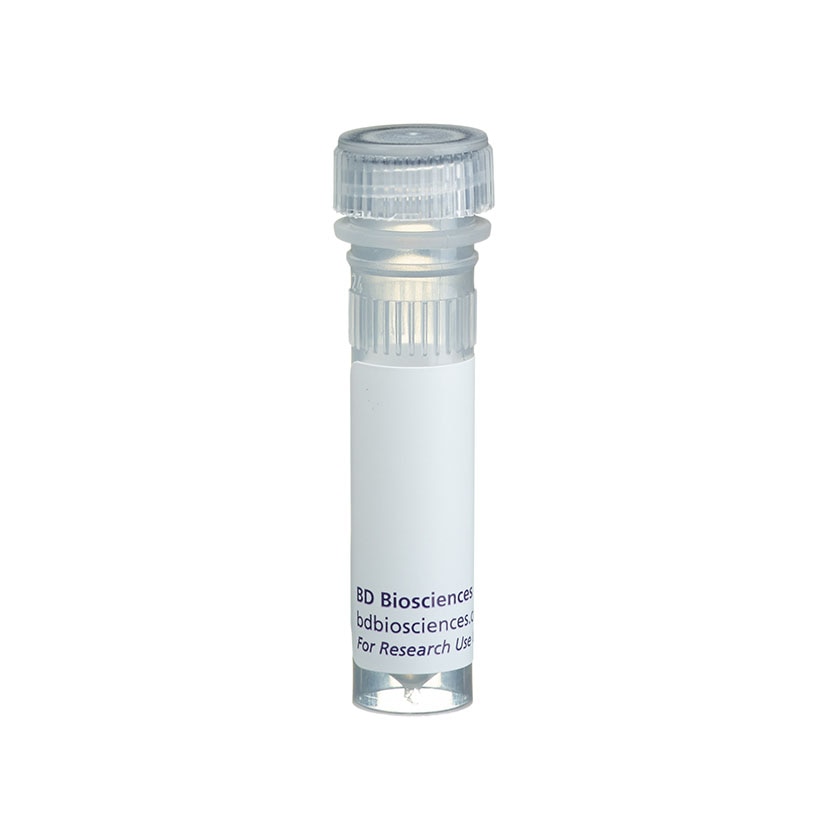

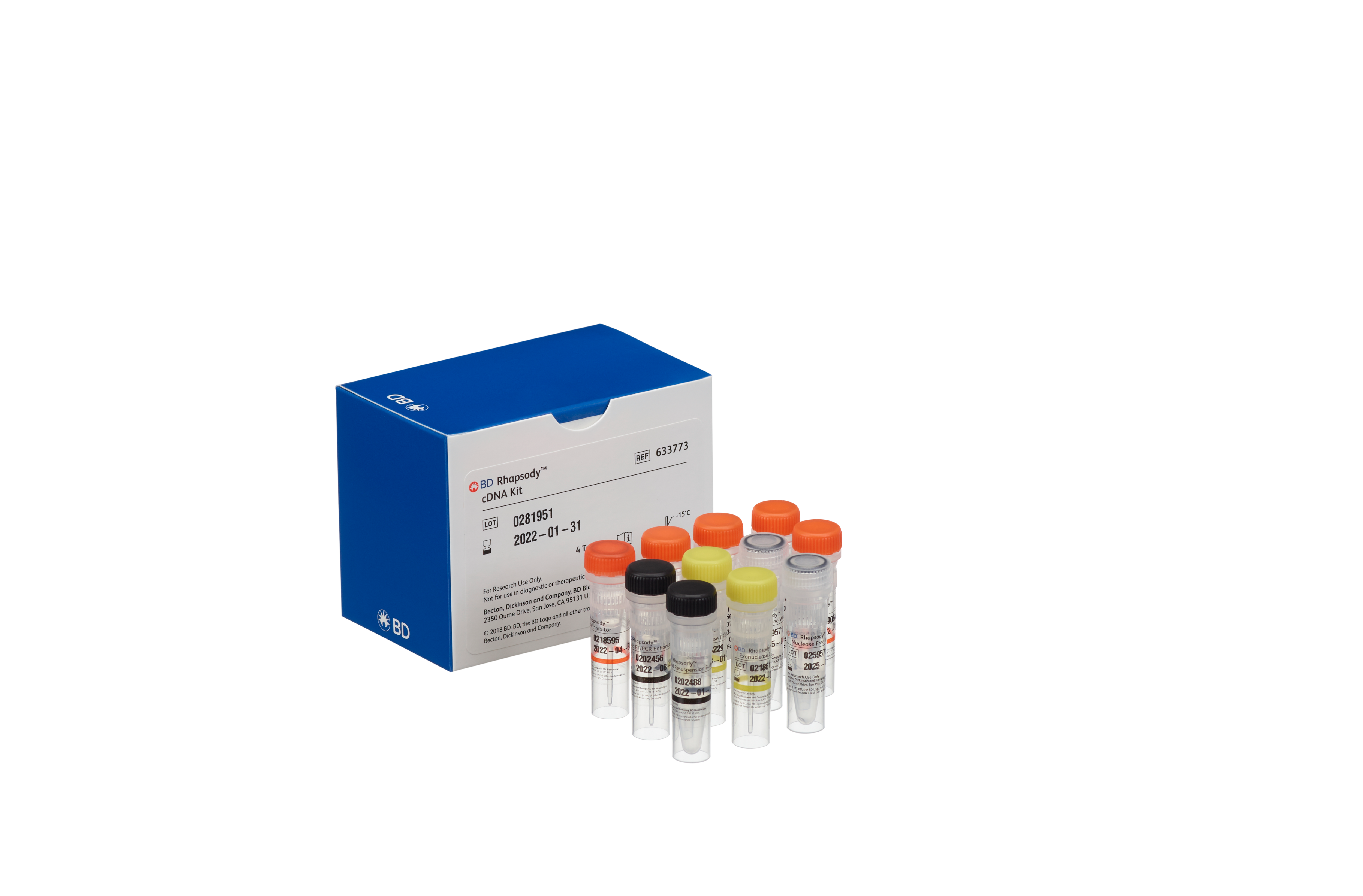


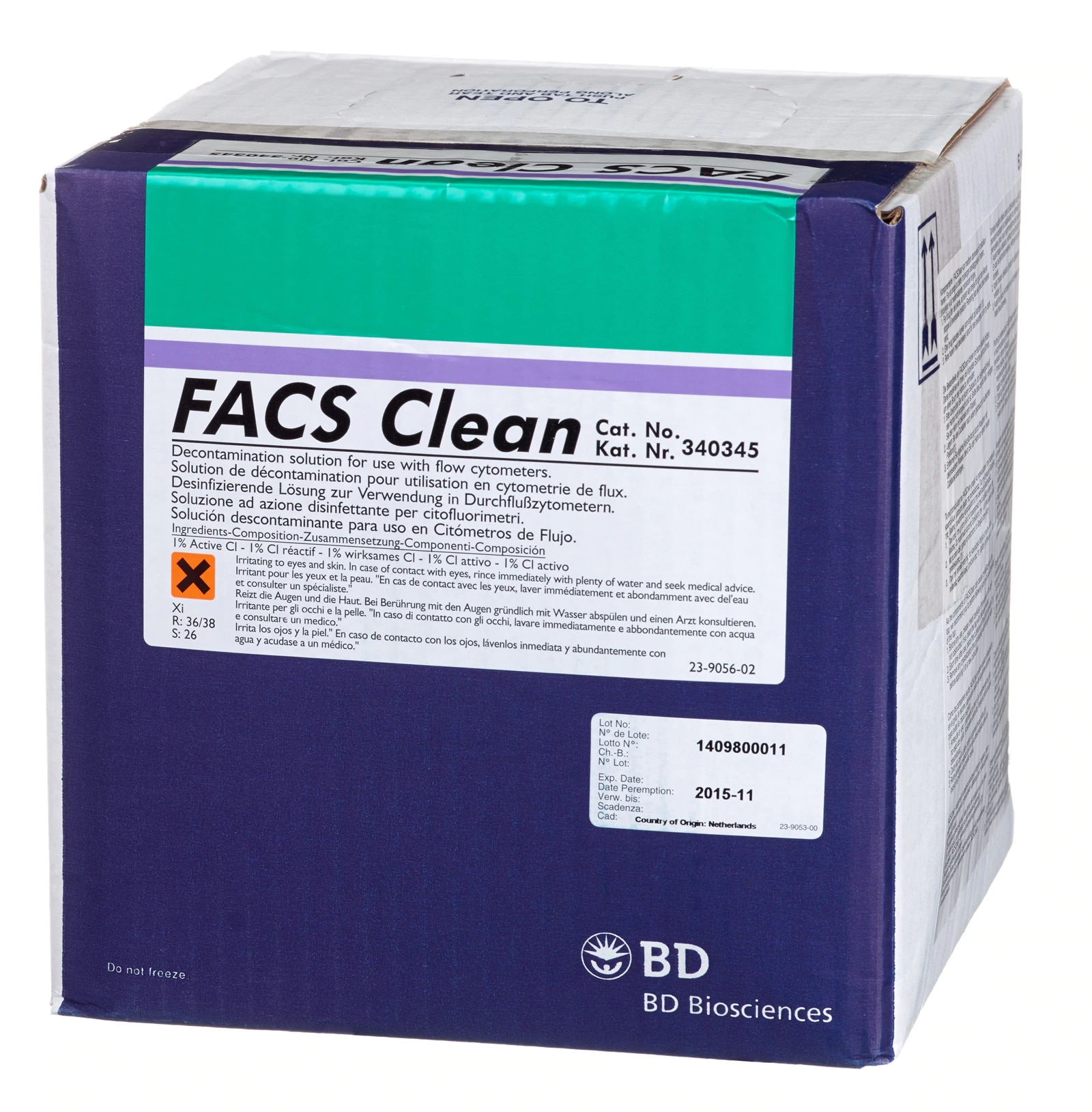
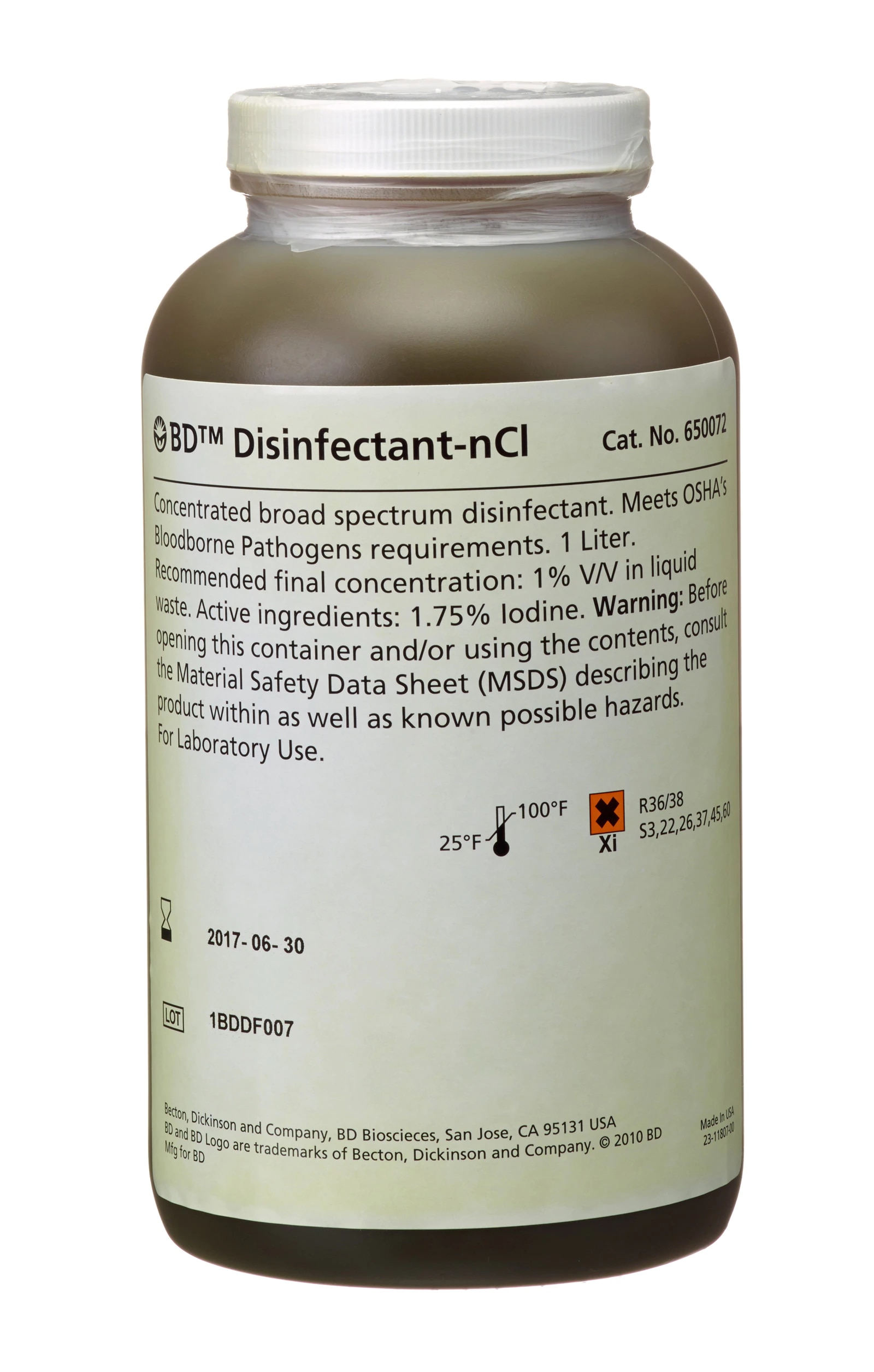
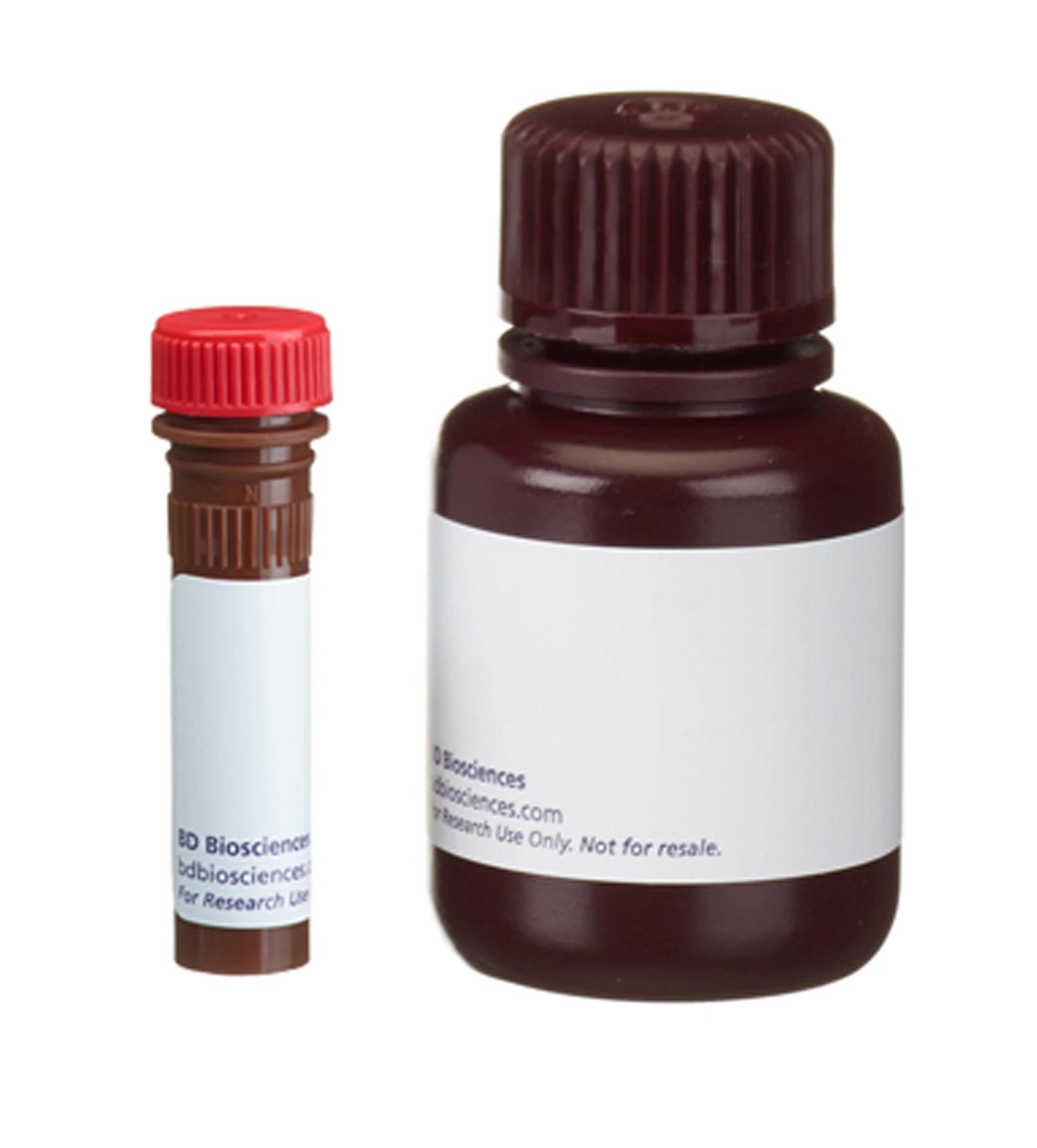
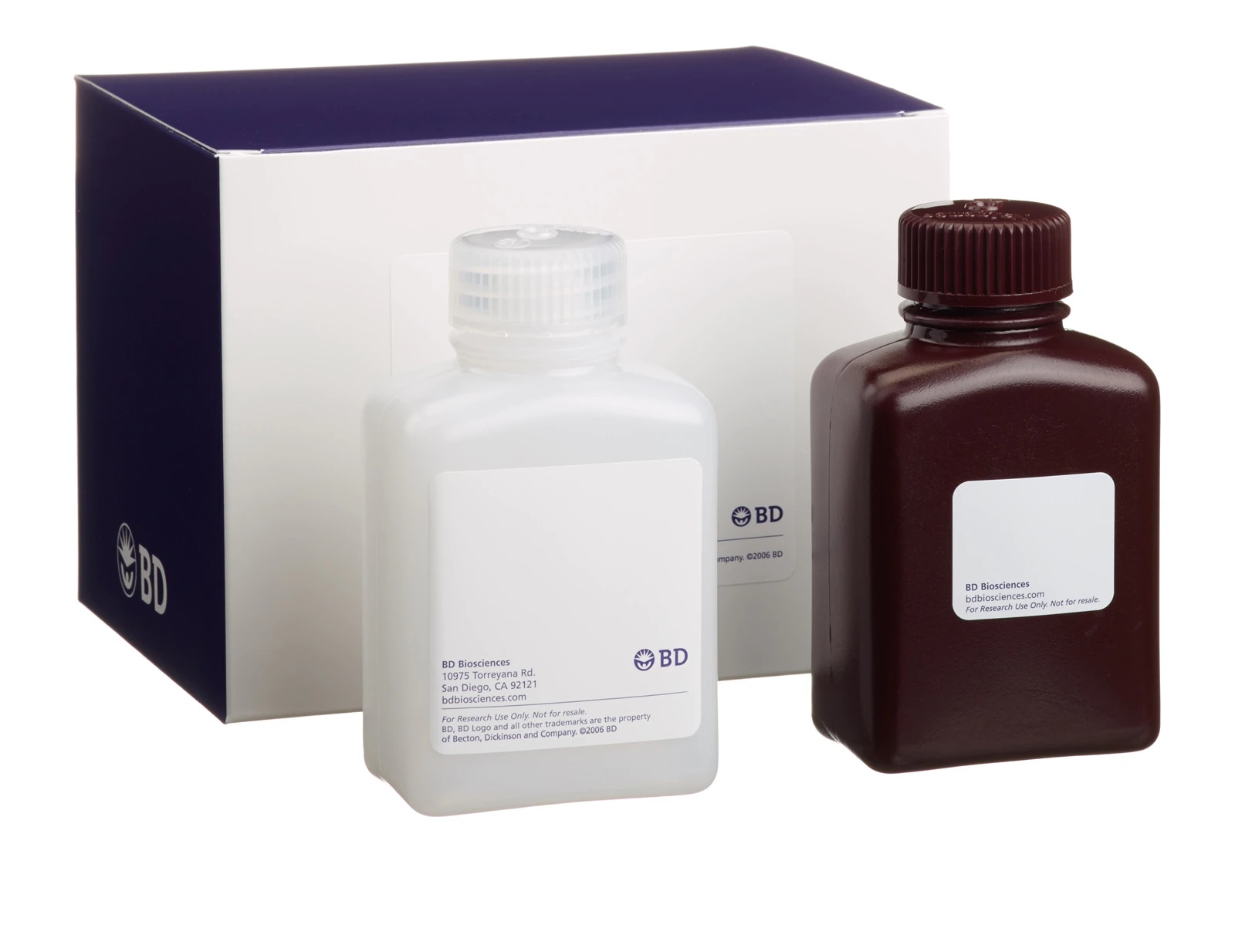

Western blot analysis of Abl. Lysate from A-431 human epidermal carcinoma cells was probed with anti-Abl (clone 8E9, Cat. No. 554148) and titrated between 1 µg/ml and 0.04 µg/ml (lanes 1-3). Abl is identified at ~145 kDa.














ImageTitle~BD Pharmingen™ Purified Mouse Anti- ABL













Regulatory Status Legend
Any use of products other than the permitted use without the express written authorization of Becton, Dickinson and Company is strictly prohibited.
Preparation And Storage
Product Notices
- Since applications vary, each investigator should titrate the reagent to obtain optimal results.
- Please refer to www.bdbiosciences.com/us/s/resources for technical protocols.
- Caution: Sodium azide yields highly toxic hydrazoic acid under acidic conditions. Dilute azide compounds in running water before discarding to avoid accumulation of potentially explosive deposits in plumbing.
The proto-oncogene c-abl was first isolated from the mouse genome as a gene with similarity to the v-abl oncogene of Abelson murine leukemia virus. The c-abl gene encodes a protein tyrosine kinase that is localized in the cytoplasm and nucleus. The c-abl protein shares several common features with other cytoplasmic tyrosine kinases, including the src-homology domains 2 (SH2) and 3 (SH3). The SH2 domain is believed to bind specifically to tyrosine residues of other proteins. The function of the SH3 domain is still unclear. Unique to the c-abl tyrosine kinase is a large C-terminal segment which seems to be essential for its biological function, since mice homozygous for a C-terminal deletion of c-abl have multiple defects at birth. The C-terminal fragment of c-abl contains a DNA-binding domain, and the DNA-binding affinity of this domain seems to be regulated by phosphorylation of critical serine/threonine residues. The c-abl proto-oncogene can be activated in a variety of ways. For example, in Philadelphia chromosome (Ph1)-positive leukemias the c-abl proto-oncogene on chromosome 9 becomes fused to the bcr gene on chromosome 22, and bcr-abl fusion proteins are produced. Ph1-positive cells express either the a-typical 210 kDa bcr-abl fusion protein or a smaller 185 kDa bcr-abl fusion protein. The bcr sequences activate the c-abl tyrosine kinase by deregulating its expression, and actin filament-binding function associated with c-abl is also activated. Expression of bcr-abl fusion proteins in vitro leads to transformation of pre-B lymphoid cells supporting their role as an oncogene. The phosphorylated form of c-abl is observed at ~145 kDa on SDS/PAGE. The 8E9 clone has been reported to react with an epitope in the tyrosine kinase domain of murine abl proteins [Wang et al.].
This antibody is routinely tested by western blot analysis. Other applications were tested at BD Biosciences Pharmingen during antibody development only or reported in the literature.
Development References (7)
-
Guo JQ, Hirsch-Ginsberg CF, Xian YM, et al. Acute lymphoid leukemia molecular phenotype in a patient with benign-phase chronic myelogenous leukemia. Hematol Pathol. 1993; 7(2):91-106. (Clone-specific: Western blot). View Reference
-
Guo JQ, Lian JY, Xian YM, et al. BCR-ABL protein expression in peripheral blood cells of chronic myelogenous leukemia patients undergoing therapy. Blood. 1994; 83(12):3629-3637. (Clone-specific: Western blot). View Reference
-
Guo JQ, Wang JY, Arlinghaus RB. Detection of BCR-ABL proteins in blood cells of benign phase chronic myelogenous leukemia patients. Cancer Res. 1991; 51(11):3048-3051. (Clone-specific: Western blot). View Reference
-
Kipreos ET, Lee GJ, Wang JY. Isolation of temperature-sensitive tyrosine kinase mutants of v-abl oncogene by screening with antibodies for phosphotyrosine. Proc Natl Acad Sci U S A. 1987; 84(5):1345-1349. (Clone-specific: Western blot). View Reference
-
McWhirter JR, Wang JY. Activation of tyrosinase kinase and microfilament-binding functions of c-abl by bcr sequences in bcr/abl fusion proteins. Mol Cell Biol. 1991; 11(3):1553-1565. (Clone-specific: Immunofluorescence). View Reference
-
McWhirter JR, Wang JY. An actin-binding function contributes to transformation by the Bcr-Abl oncoprotein of Philadelphia chromosome-positive human leukemias. EMBO J. 1993; 12(4):1533-1546. (Clone-specific: Immunofluorescence). View Reference
-
Wang JY. Negative regulation of c-abl tyrosine kinase by its variable N-terminal amino acids. Oncogene Res. 1988; 3(3):293-298. (Clone-specific: Immunoprecipitation, Western blot). View Reference
Please refer to Support Documents for Quality Certificates
Global - Refer to manufacturer's instructions for use and related User Manuals and Technical data sheets before using this products as described
Comparisons, where applicable, are made against older BD Technology, manual methods or are general performance claims. Comparisons are not made against non-BD technologies, unless otherwise noted.
For Research Use Only. Not for use in diagnostic or therapeutic procedures.
